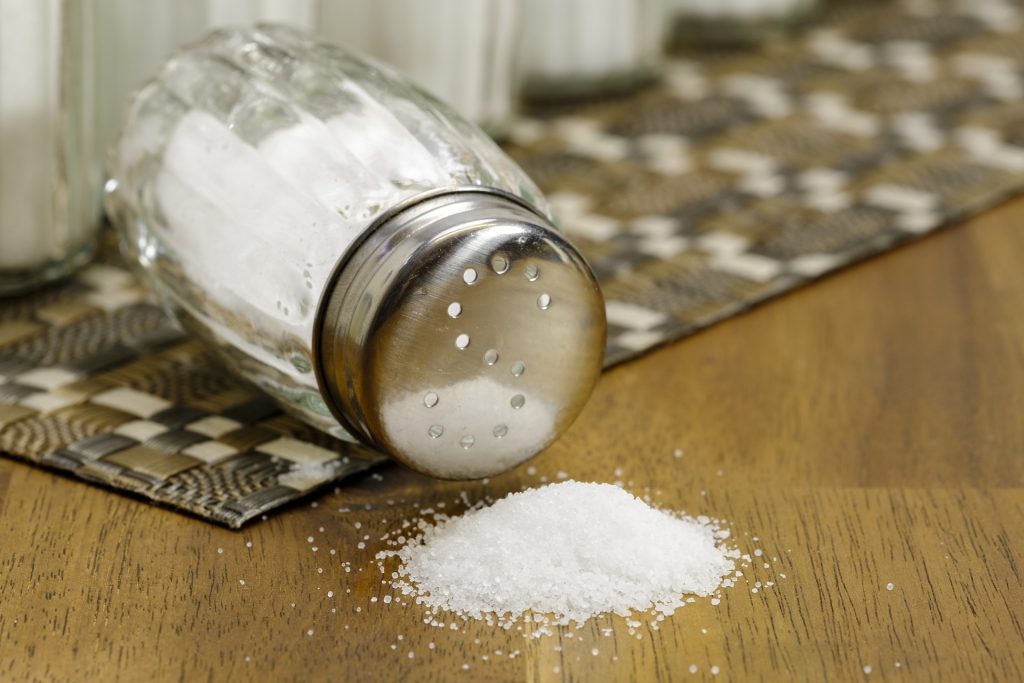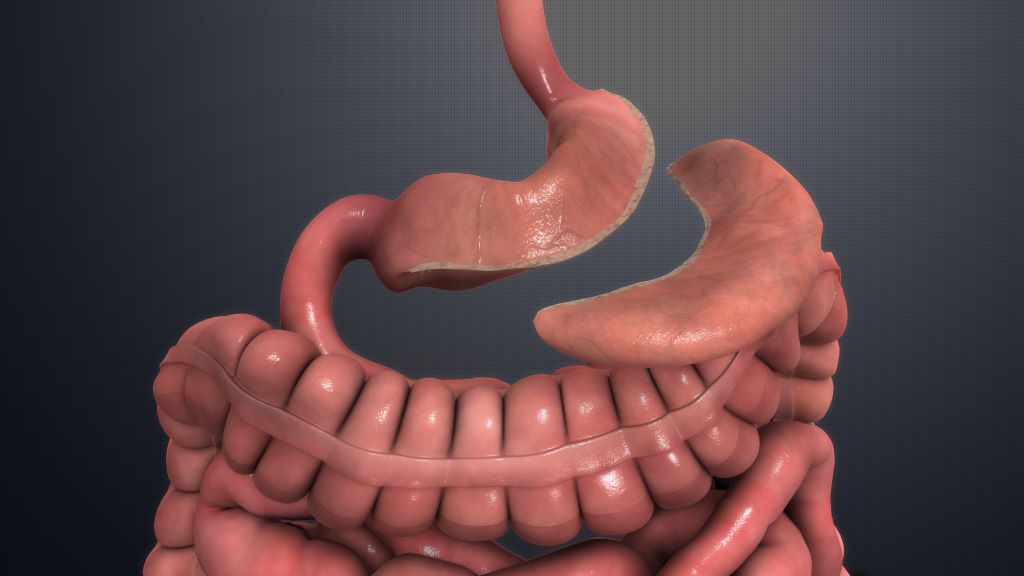Murder-accused Paediatric Surgeon Advised that Procedures Were Unnecessary

A state witness in the trial of murder accused Dr Peter Beale has testified that colleagues advised him against a procedure which led to the death of a three year old patient.
Paediatric surgeon Beale is charged with three counts of murder, as a result of deaths from unnecessary surgeries over 2012 to 2019. He is also charged with two counts of fraud. He was first arrested in 2019, with his trial date postponed multiple times and only getting underway this week Monday in Johannesburg. His co-accused, anaesthetist Dr Abdulhay Munshi, was shot dead in 2020. As a result of the case, some have voiced concerns over what could lead to criminalisation over deaths resulting from unavoidable errors and systemic failures.
Two of the three deaths stemmed from laparoscopic Nissen fundoplication, a complex and costly procedure that is usually used to treat GERD by tightening the junction of the oesophagus and stomach.
According to the indictment, Beale is accused of “unlawfully and intentionally” causing the deaths of a three-year-old boy in 2012, a 21-month-old girl in 2016 and a 10-year-old boy in 2019 after he had operated on the children.
The state contends that Beale performed these unnecessary procedures as he needed money to recover from heavy financial losses incurred in a failed investment in the 1990s.
News24 reports that, based on a rectal biopsy, Beale believed that the three year old boy had Hirschsprung’s Disease, requiring surgical intervention. As reported in Beeld, Beale said in his plea explanation that he “misread” the patient’s biopsy results and did not deliberately misrepresent the biopsy results to the parents.
The parents sought a second opinion, the state alleges, and the second doctor was hesitant about carrying out the procedure. Beale was able to convince the other doctor that the procedure was necessary based on the biopsy results. Beale also explained in his plea deal that there was a variant of the disease, and the treatment was the same. His counsel, Advocate Ian Greene, also pointed out that the pathologist testified at a disciplinary hearing that the biopsy did not exclude the variant even if it did not exclude Hirschsprung’s Disease.
According to News24, a state witness, who is another paediatric surgeon who remains anonymous at the court’s order, stated that Beale had tried to recruit him to a Ponzi scheme. The scheme had a joining fee of R1 million.
The witness, who had know Beale since 1996, said that in 2009, the accused had also confided in him at a conference that he had suffered significant losses in an investment. The witness was also on the committee at the Healthcare Practitioners’ Council of South Africa disciplinary hearing over the three-year-old’s death. Beale has since been struck from the HPCSA.
The South African Medical Association released a statement urging that, while tragic, the case highlights laws that criminalise and punish individuals instead of taking into account the various organisational failings that can lead to patient deaths and can in no way prevent “unavoidable errors”.
Note: this article has been updated to correct the number of laparoscopic Nissen fundoplication procedures and to add more information about the Hirschsprung’s Disease diagnosis.





